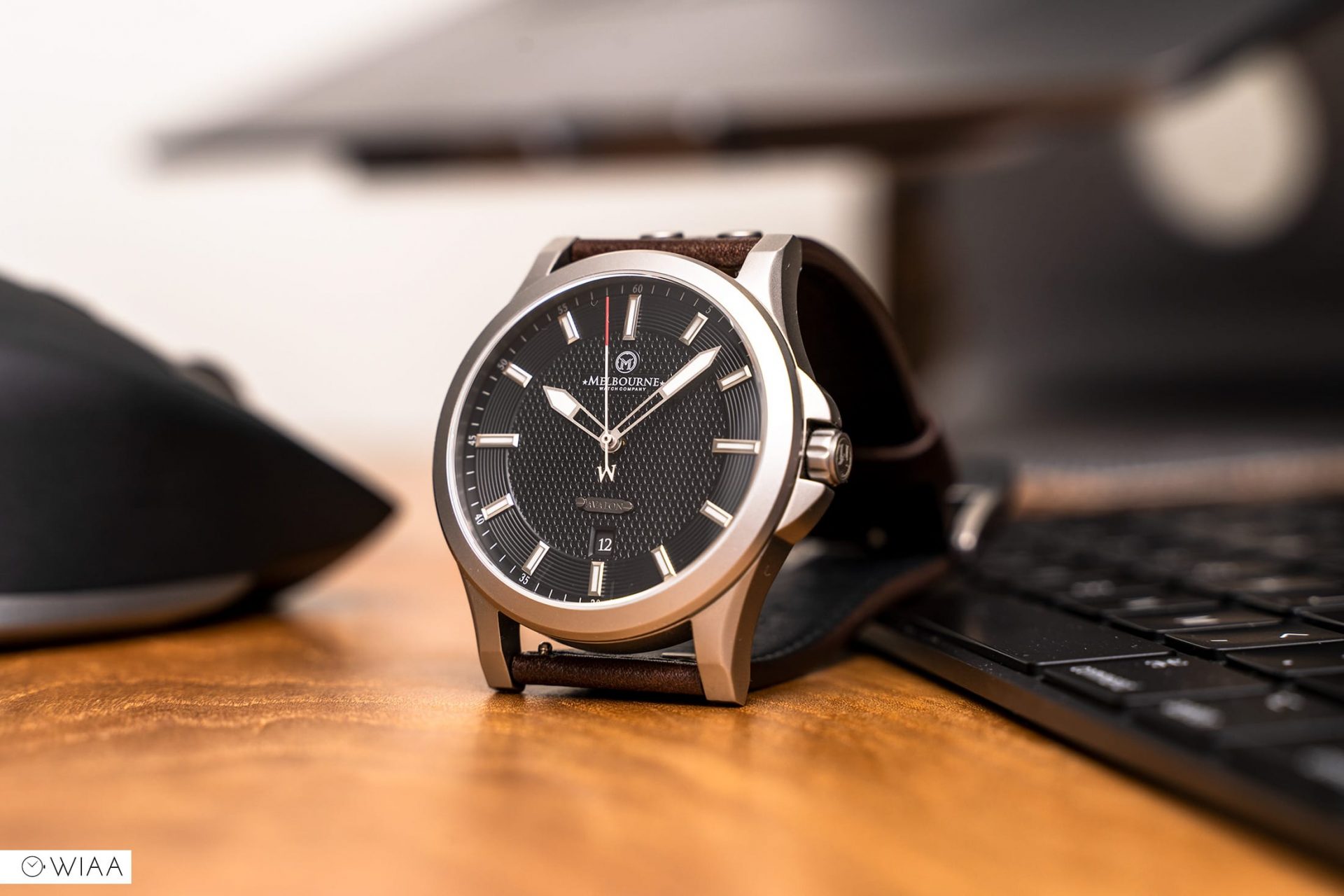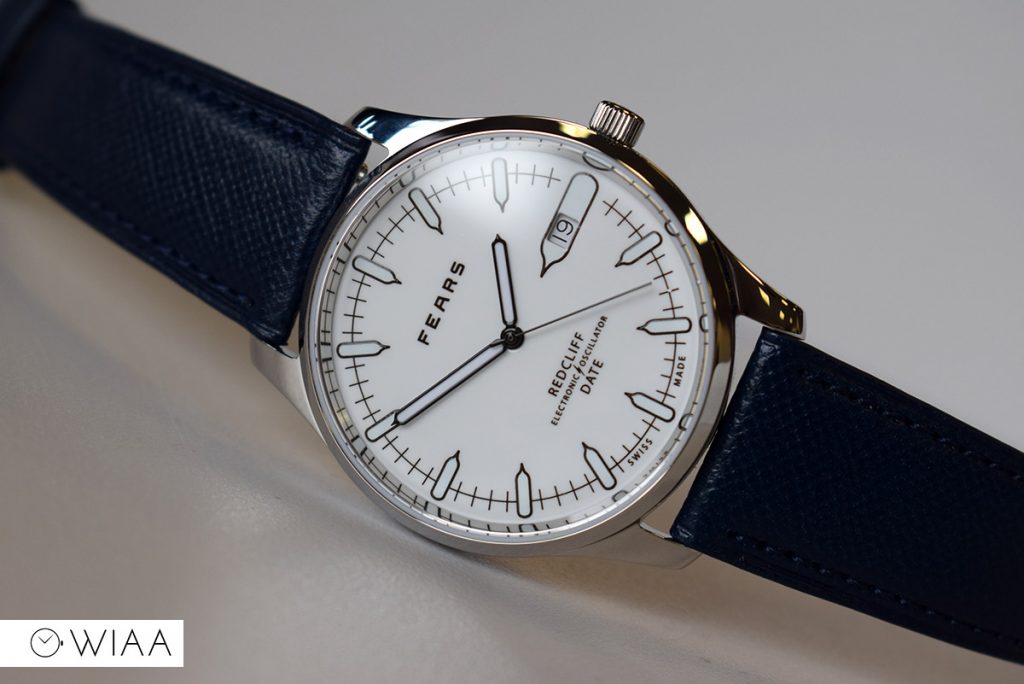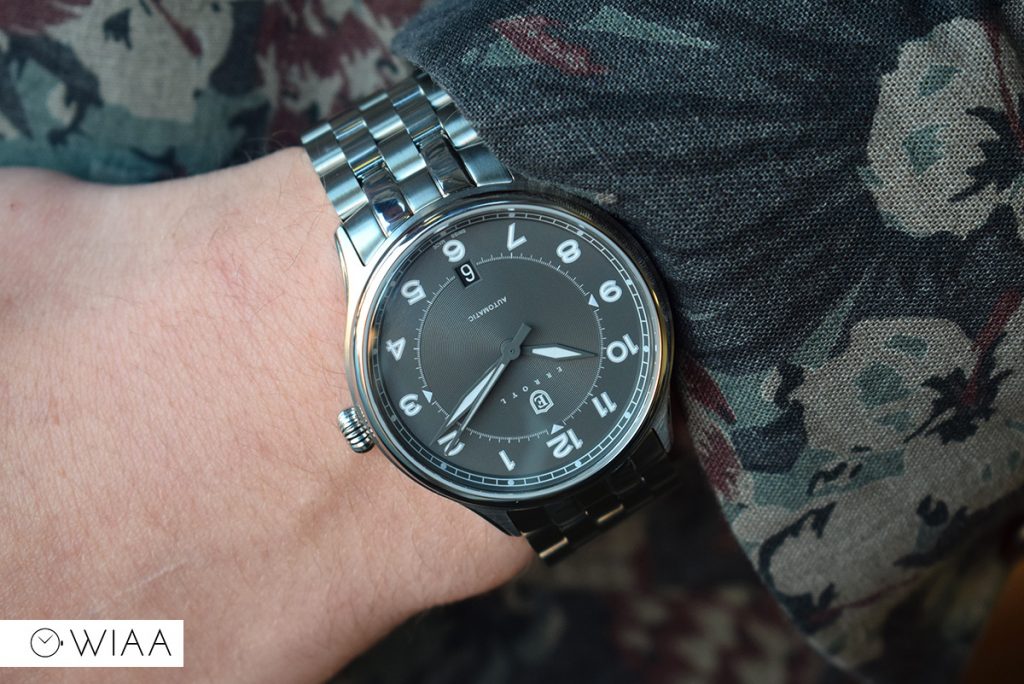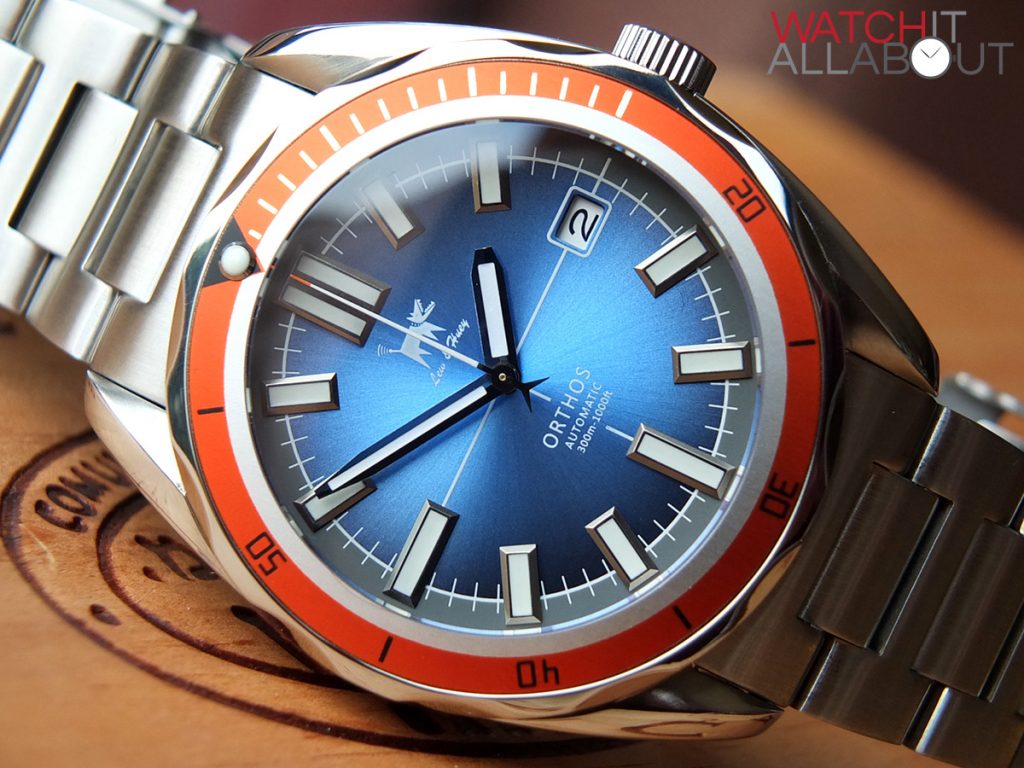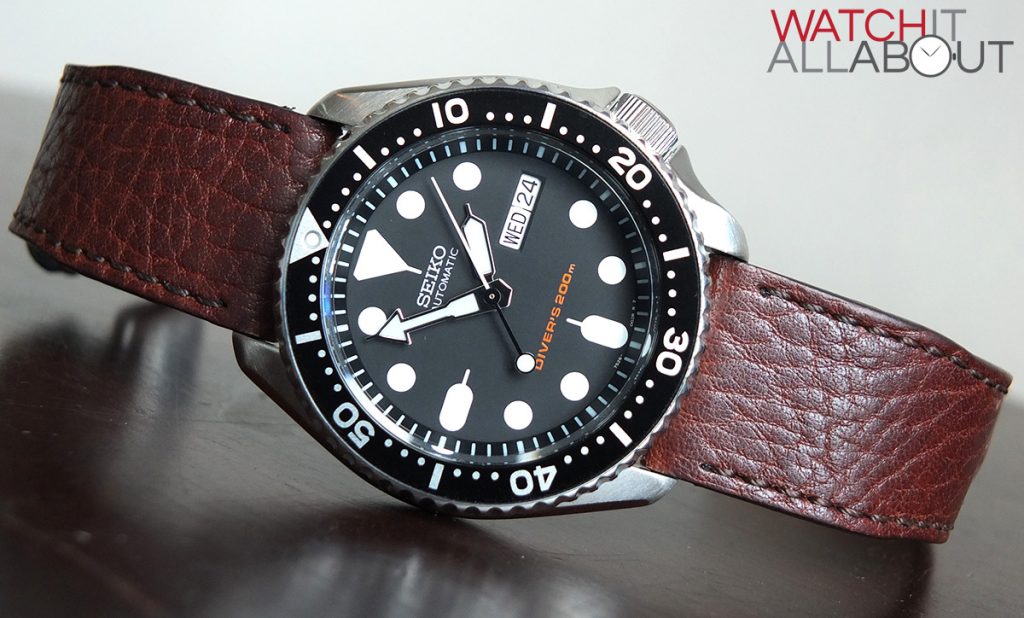The Melbourne Watch Co Avalon is a beautiful timepiece. It’s got so much going for it: first of all, a fantastic movement – the Sellita SW200-1. An intricate dial with an industrial case makes this appealing to the eye, as well as the wrist. The leather strap is simply divine – you can wear this watch all day and not bat an eye. It’s a great watch.

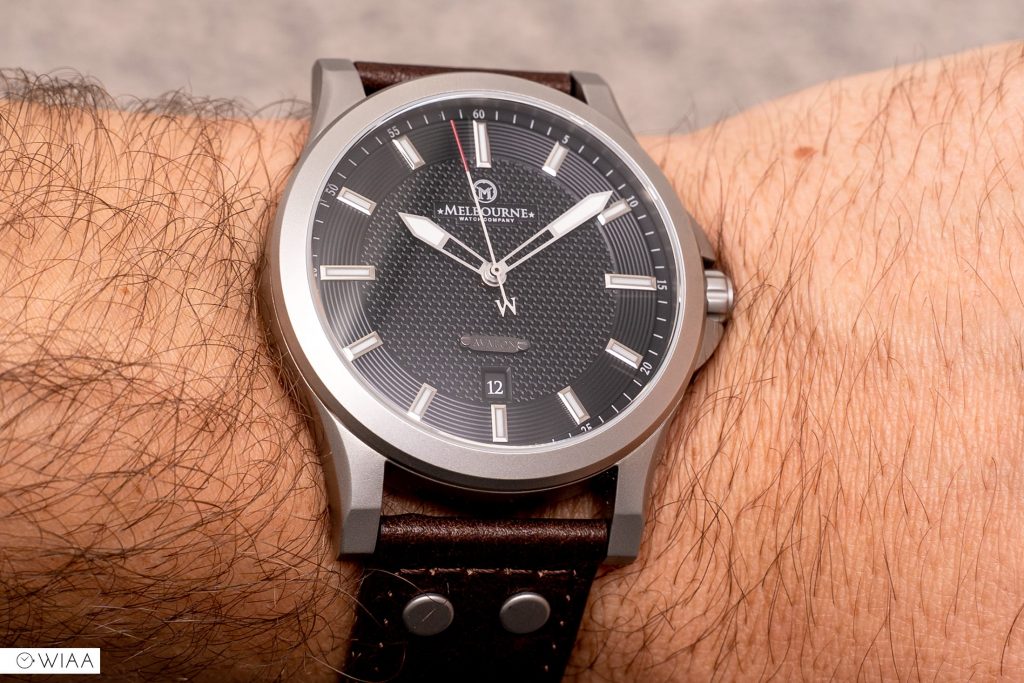
But, you can’t buy it anymore.
This isn’t the first time a watch has been discontinued before I published an article about it on the site. Although, this one was my fault – my apologies Melbourne Watch Co. Perhaps this article should be titled “confessions of a watch reviewer” instead. Cameron Martel reviewed the Phoibos Sentinel and the watch was no longer available by the time the article went out, frustrating some readers.
Unfortunately, this is a trend you see quite often in the world of microbrands. When you think about it, smaller production runs does mean a quicker turnover of stock, and therefore models.
But what are the reasons behind discontinuing specific models? I asked a few contacts I’ve developed over the years, to see what the main reasons are for why they’ve had to discontinue watches.
Mike from Draken Watches simply says that a model that he discontinued “wasn’t a big seller”.
There’s no denying this is bound to be the number one reason for discontinuing a model. It’s a shame, especially if it’s a model I feel is epic, such as the Christopher Ward C11 Chronograph (I still dream about that watch).
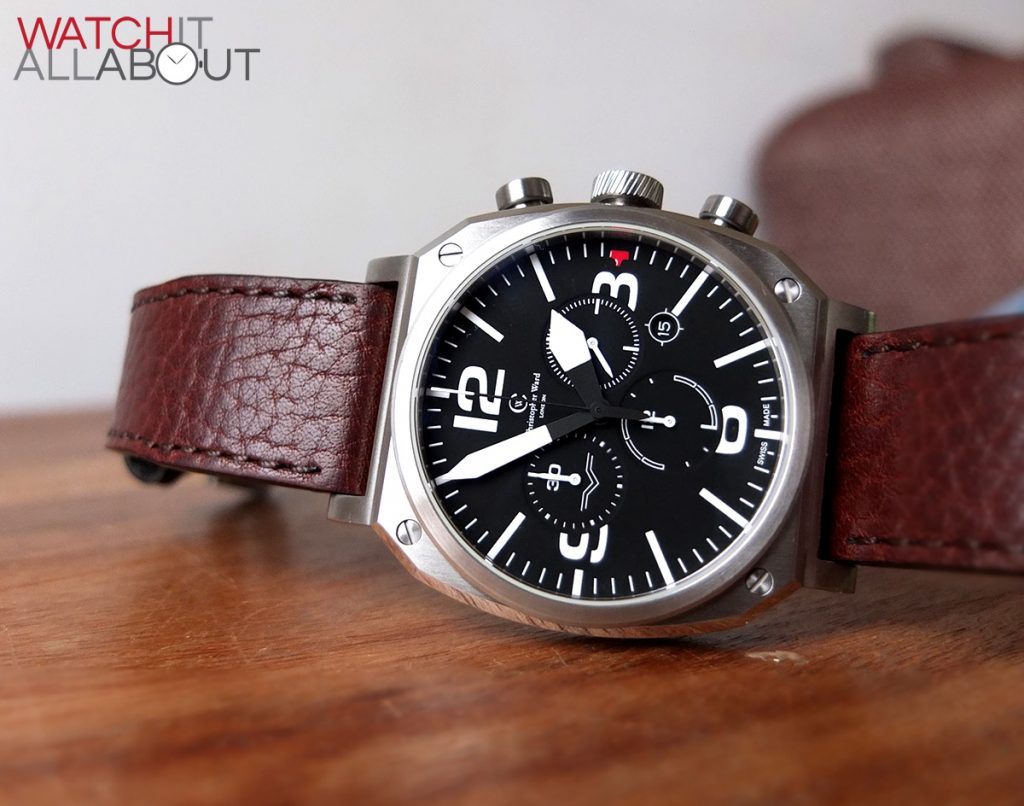
I guess there’s also the allure of brands doing a limited run, so the model can demand a premium (good for the manufacturer), and be more enticing for the buyer, knowing that it’s rare (good for the buyer). As a watch fan, that does make me sad though – if you see a watch and it says something like “after this run it’ll never be made again”. I want great watches to be available forever. Period.
Leon from Boldr says the following: “Usually there are 2 main reasons for us: first, upgrades to the existing models, therefore discounting the older model. Second, lack of market demand.”
The second point is the same as Mike’s main reason. A model just doesn’t sell so it doesn’t make sense to continue making it. Fair enough. His first reason is a very positive one though – a model is being discontinued to be replaced by a better one. I like that.
Nicolas Lehotzky from Manufaktur Waldhoff says this:
“Most timepieces have a lifetime on the market, even successful ones. Sales rise and generally reach a peak within 1-2 years of launch, and then tend to decline. This is not always the case, and we have some long-running models that keep selling well – such a the Multimatic – but it is generally what happens to most luxury goods, which is why even long-running design icons like the Cartier Santos get updated over time. In our price category, the lifespan of a new product is roughly 3 years on average. If one particular model performed well during its lifespan, we will consider updating / refreshing it with a new dial or colour, or replacing it with a new version stylistically inspired by it.
There is a trend among watch brands to artificially limit product availability, meaning they would limit the production of a particular model or colour even though it has the potential to sell in higher numbers. They aim to drive demand, pushing buyers to make the purchase sooner out of fear of missing out. We generally stay away from artificial scarcity and wish to create designs that can remain on the market for a longer time.”
This is an interesting insight into owning a watch brand: I particularly found the peak of a model as being 2 years after launch interesting. Limited production runs are common too, which can keep the desire for a watch model up.
Chris Vail of Nth Watches states the following:
“I see this discussed a lot. From my perspective, it’s somewhat perplexing. Why wouldn’t a brand stop making something? Why do people assume any watch will be a permanent part of any brand’s product range? Where does that notion come from, and why does it persist?
Notice – Ford isn’t still making the ’67 Shelby GT500 Fastback. Chevy isn’t still making the ’63 Stingray. Every product has a life cycle, which eventually comes to an end. In many industries, such as clothing products don’t even get made for a full year, the way cars are, but rather only for a single season.
Even the Rolex Submariner – notice they don’t still make the ref. 5517 “Milsub” with the sword hands, or the 6538, or the “5 digit Sub”. The “Submariner” may seem like a model that’s never been discontinued, but in reality, it’s just the name that has carried on through the decades, while the design and model which bears that name has gone through dozens of revisions – not all of them met with cheers from the crowd.
Watches get discontinued when they sell out, if the brand doesn’t see enough demand to make more, or sees reason to make some change/improvements, or thinks they have a better idea, which will sell better, or needs to charge more, and sees that creating a new model, with a higher price, may be easier to sell than making more of an existing model, but just charging more for it. It could be that a model had a high defect rate, or a direct competitor has something just like it, and is siphoning market share away with their product.
Imagine you’re in charge of a brand selling in low numbers – 300 to 3,000 pieces per year, total. Your MOQ on most models is going to be at least 300, if not 500 pieces. Many brands will struggle to sell all of them in a year. Many will need two. And yet, business accounting tells us we should turn our inventory over 4x per year, or roughly every 90 days. That’s shorter than most brands’ production cycles take.
In other words, for most watch brands, turning our inventory over as fast as we should is all but impossible. How can you replace inventory every 3 months when it takes 4-6 months to produce it? Not that most brands could turn their inventory that quickly, even if production only took 3 months. FOr most brands, it can take much longer to sell through an entire production run.
If it takes a brand a year or two to turn their inventory over, that’s hard on the cash flow. While the inventory sits there, unsold, the overhead still needs to be paid. By the time the last piece of a 300-500 piece production sells out, most brand owners are relieved and glad to not be looking at that inventory anymore. Who in their right mind would produce another 300-500 pieces, instead of taking a chance on something else, which might sell better?
I can’t speak for ALL other brands, but I know I speak for some – if a model sells well enough to think it’s worth producing more than once, it can be hard to know when to stop. Let’s say you made 300 for your first production run, but there was enough demand for 500. How would you know that? You really can’t. How many more do you make? You can’t just make 200. You have to make at least 300, which is 100 too many. And you might just lose your mind and believe you should make 500, since 300 wasn’t enough the first time. That can be disastrous for a small business.
For me, I’ve found that there’s a balance to be sought, between having some designs which are strong enough to make in larger numbers, over a longer period of time, and mixing things up with fresh ideas. Between having some designs which are almost always available, and having others that appear once, for a short while, then go away, perhaps re-appearing again in a year or two, or perhaps never to be seen again.”
A very detailed reply, which we can dissect. Every product has a life cycle – fact. Even some Rolex Submariner models have been discontinued (can you imagine if they brought them back? Pandemonium in the ADs would ensue). He also says that it’s a delicate balance between the amount of stock and demand, but also the speed of demand. Every watch brand has overheads to pay, and whilst a model might eventually sell all 300 in a run, if it takes years to get there it’s not worth it.
That’s from a manufacturer’s perspective. How about a retailer?
Neil Cresswell from The Microbrand Store has this thorough answer:
“Not sure if this is helpful, but I believe there is a close correlation between that and why retailers drop certain models too, so will try and throw some quick (opinionated) thoughts out from my own experience as a retailer…
The obvious reasons can be a drop in demand for various reasons such as market saturation and or no longer being the new thing, being superseded by better-competing models, or simply never sold well (sold too slowly) vs. other options, but there are many other reasons I can point to for various models. For example, during the first year of COVID-19, we stopped carrying most of our budget-priced watches, even if they sold well and were popular, due to major increases in shipping costs not giving us sufficient margin. Even with popular brands like Zelos that always sell fast and thus gave us a good annual return based upon the quick turnaround, we had to forgo the cheaper models as Zelos packaging with the wooden box plus travel role and chunky/heavy watches meant some of our highest shipping costs. That situation is greatly improved now but it was pretty bad for a year or so.
We dropped some, where the supply was hard to get/unreliable too (usually due to the movement supply) or in particular where the quality wasn’t maintained. Customers don’t see that since we test before shipping, but we probably won’t want to carry a brand with a more than 2% failure rate and really aim for 1% or better. [I say this right now as I’m working with a brand whose last shipment had a surprising failure rate of over 10% which is very abnormal. That was not the case before and we’re willing to work with them to see if it resolves and may be a one-off, but long term that kind of thing is not sustainable for us.
Then there are trends vs. budgets. We can only afford to carry so many lines so have to cater to what we think sells with either a good margin or a fast return. Sports dress watches and smaller sized timepieces are the in thing this year so we stocked up on several brands with those. That inevitably means less budget for other styles. I would imagine brands themselves have limited budgets if they’ve moved beyond crowdfunding and are established. So they may drop a less profitable line and go with those with a better return. Come to think of it, their production costs on earlier models, if they’re new, are likely higher than if they’re established.
Also, keeping things fresh and not the same old same old so repeat customers come back. That’s easier for us as we carry a lot of brands so do have a gradual rotation all the time and something new to focus on very regularly, but harder for a brand with just a few models. If you have a budget and don’t want to be stuck selling everything the same for a few years, you’re going to drop your less popular models potentially to be able to afford to bring in something new.
Just my two cents. Please take it with a grain of salt as this is from a retailers perspective. It’s also on the fly as a quick response that I’ve not put too much time into thinking through.”
Neil raises another interesting factor: market saturation. A manufacturer might release a model that is unlike anything else or might be the only watch that has certain characteristics or features. As we all know, though, a lot happens in the watch world over a year or two, so the demand for that particular watch by that particular manufacturer might die down as more similar watches come out, sharing the customer base.
Repeat customers is another good point – someone might be a super fan of a particular brand, and so the brand will want to tap into that desire to own multiple new models by having that regular rotation.
It’s been interesting to get an insider’s view behind the reasons why watch brands discontinue certain models. And finally, please pay your respects to the graveyard of a few discontinued models that should still be alive today. May they rest in peace.
